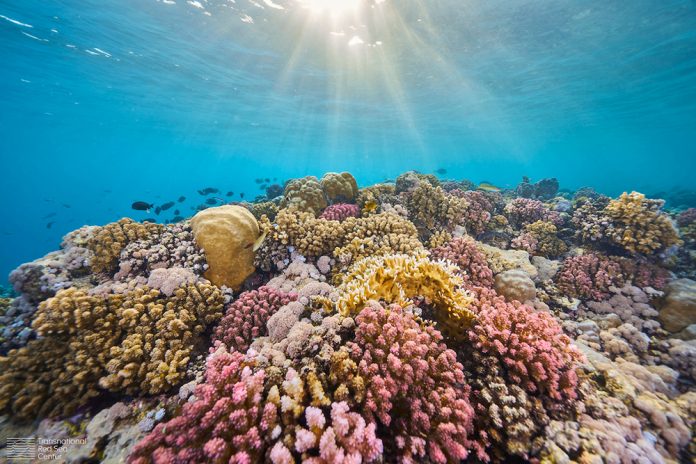John Pagano, Group CEO at Red Sea Global, discusses why businesses must act now to help ensure the planet’s long-term viability.
The Paris Agreement of 2015 was a turning point in the history of our planet. It united businesses and governments in a shared fight to tackle climate change and protect our environment. Yet, almost nine years later, our natural world is in even greater crisis. Rising temperatures, global energy shortages, and widespread food insecurity are just a few of the critical issues confronting us today. It’s clear that we need to take immediate action if we want to save our planet from a point of no return.
Achieving this requires a massive shift in how we approach sustainability. Making pledges is not enough. We must go beyond lofty environmental commitments and turn them into real-world action. And because businesses play such an important role in shaping the world we live in; they have a moral obligation to drive change.
Leading on climate action isn’t just about doing the right thing. It also makes good business sense. According to a report by Oxford University and Arabesque Partners,1 88 percent of current studies show a direct link between strong Environmental, Social and Governance practices and better operational performance. Separate research from New York University2 indicates that corporate responsibility practices can increase sales revenue by as much as 20 percent.
Businesses worldwide need to start putting people and the planet first to create a better world for all. I believe that a company’s longevity and success depend on it. That is why we focus on going beyond merely protecting our planet to actively enhancing and regenerating it.
Our work to transform local coral reefs and wildlife populations on Saudi Arabia’s Red Sea coast showcases regeneration in action. We’re using advanced technologies, such as robots and machine learning, to monitor coral cover. These technologies capture 3-D images, enabling our scientists to quickly identify and respond to threats like coral bleaching and invasive species.
So far, our work on coral restoration has led to a 95% success rate for corals in our nurseries, compared to a global average of 40%-70%. Why does this matter? Because corals cover less than 1% of the Earth’s surface but sustain 25% of all marine life.
Businesses that commit to sustainable development must adopt science-led approaches that prioritize enhancing key habitats. At Red Sea Global, we follow this principle by actively preserving vital ecosystems, including mangrove trees, which rank among nature’s best carbon sinks.
Mangroves shelter a staggering diversity of wildlife, and some mangrove forests can sequester up to 30 times more carbon – and store up to four times more carbon – than tropical rainforests. We’ve planted one million seedlings to date in our ambitious initiative to plant as many as 50 million mangroves by 2030.
We’ve also created 20 acres of new wetlands at our constructed wetlands sewage treatment plant, which treats wastewater sustainably and without chemicals. These flourishing wetlands have attracted wildlife, including migratory birds such as the Eurasian Wryneck, Garganey, and Black-winged Stilt.
We believe so strongly in a regenerative approach to tourism that we aim to contribute a 30 percent net conservation benefit to the local environment by 2040, by enriching our area’s natural capital and reinforcing its abundant biodiversity.
We hope that by setting new standards and demonstrating positive change for our planet, we can help spark action across the tourism industry. We’ve been encouraged by the response so far from our partners across the full life spectrum of tourism development.
COP28 and the UN’s Global Stocktake against the Paris Agreement, which took place in December, were timely reminders that the global business system can no longer afford to rest on its laurels.
If we truly want to reverse the effects of global warming, businesses must embed sustainability in all aspects of their work, from planning to operations. By doing so, we can achieve real progress toward global climate and environmental goals – and transform commitments into reality.
The time to act is now. The future for all of Earth’s species, including our own, is at risk if we delay.
References
From the Stockholder to the Stakeholder: https://www.smithschool.ox.ac.uk/sites/default/files/2022-03/SSEE_Arabesque_Paper_16Sept14.pdf
The Sustainability Business Case for the 21st Century Corporation: https://www.stern.nyu.edu/sites/default/files/assets/documents/CSB_Business%20Case%20for%20Sustainability_04.2017_0.pdf



